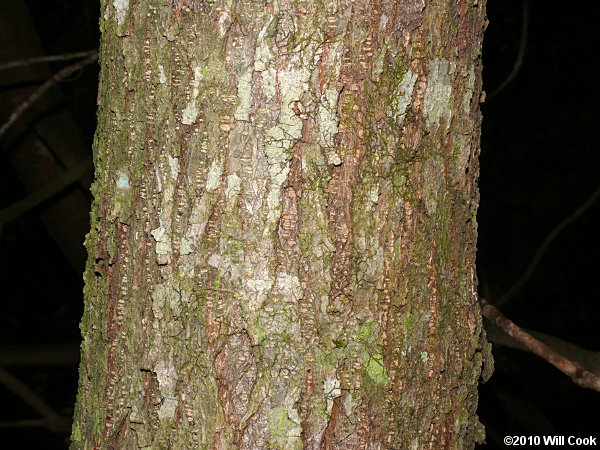
Bark of Castanea pumila (Copyright W. Cook)

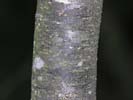
Bark of Castanea pumila (Copyright W. Cook)
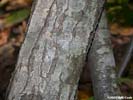
Bark of Castanea pumila (Copyright W. Cook)
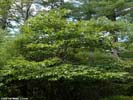
Castanea pumila (Copyright W. Cook)
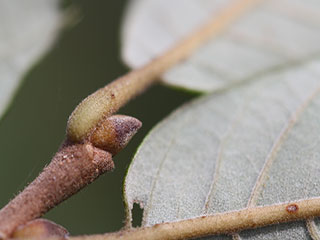
Terminal bud of Castanea pumila (Photo: A. Krings, CC BY-NC-SA 3.0)

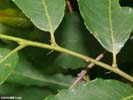
Twig of Castanea pumila (Copyright W. Cook)

Leaves of Castanea pumila (Copyright W. Cook)


Leaves of Castanea pumila (Copyright W. Cook)
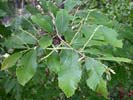
Leaves of Castanea pumila (Copyright W. Cook)

Leaves of Castanea pumila (Copyright W. Cook)
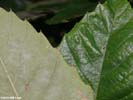
Leaves of Castanea pumila (Copyright W. Cook)
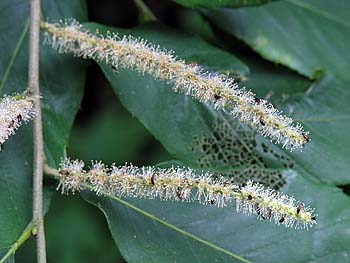
Flowers of Castanea pumila (Copyright W. Cook)

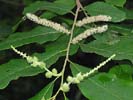
Flowers of Castanea pumila (Copyright W. Cook)

Flowers of Castanea pumila (Copyright W. Cook)
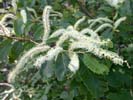
Flowers of Castanea pumila (Copyright W. Cook)
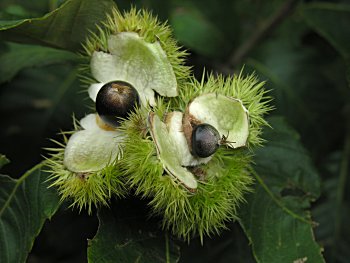
Fruit of Castanea pumila (Copyright W. Cook)

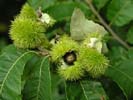
Fruits of Castanea pumila (Copyright W. Cook)
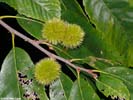
Fruits of Castanea pumila (Copyright W. Cook)
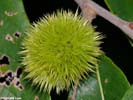
Fruit of Castanea pumila (Copyright W. Cook)
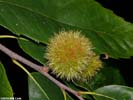
Fruit of Castanea pumila (Copyright W. Cook)
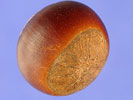
Seed of Castanea pumila (S. Hurst, courtesy of USDA PLANTS)
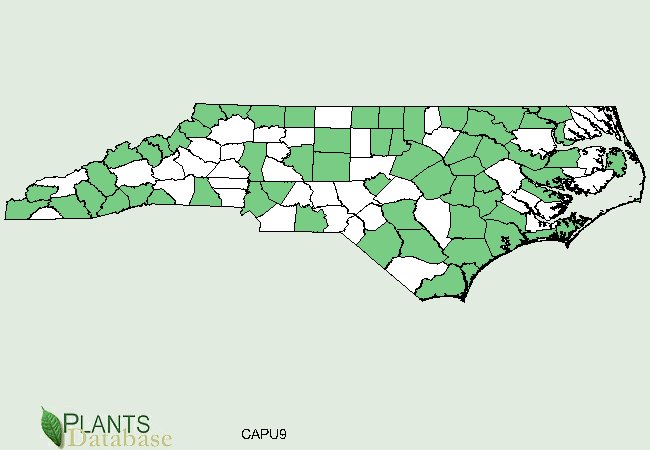
N.C. distribution of Castanea pumila

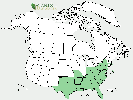
U.S. distribution of Castanea pumila
Castanea pumila (Common chinquapin)
(Uncommon; xeric forests and woodlands, generally in fire-maintained habitats; Mt, Pd, CP; Fl: May-Jul, Fr: Sep-Oct)





